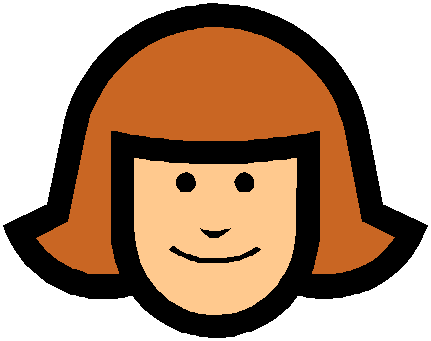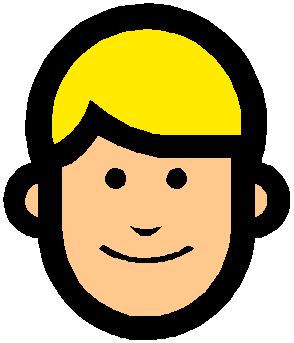Children learn acceptable behaviour through:
|
 |
Antecedent -
what happens before the behaviour occurs.
Learning to manage behaviour can be as easy as A
B C
Behaviour - resulting behaviour
is either acceptable or unacceptable.
Consequence - results of behaviour
can be positive or negative.
You have to see things from the child's point of view!
For example: Mary Jane screams and refuses to eat
the rice pudding. Nanny offers her some chocolate ice cream instead and Mary Jane
stops crying. The trouble is she reacts like this whenever there is rice pudding
for dinner.
It works like this!
Antecedent
Behaviour
Consequence
Nanny places a bowl of rice pudding infront of Mary Jane
Mary Jane starts to cry. She screams, "Don't like it!" and kicks her
legs.
Nanny says, "Don't you like the delicious rice pudding?" She removes
the rice pudding. "Don't cry! Would you like chocolate ice cream instead?"
Mary Jane stops crying. She eats all the ice cream.
Next week, Nanny serves a bowl of rice pudding.
Mary Jane looks at the rice pudding and starts to cry.
Mary Jane refuses to eat her pudding.
Nanny says, "Eat up your pudding, then we will go to the park."
Mary Jane screams loudly. She pushes the bowl of rice pudding away.
Mary Jane gets down from the table. She is still screaming.
Nanny puts the rice pudding back infront of Mary Jane. "Be a good girl
and eat up your lovely rice pudding." "You used to like It." "Come on, try
a little."
Mary Jane looks cross. Her face is red. She screams, "I'll not!" and
pushes the dish away.
Nanny tells Mary Jane to eat her food. She sounds stern. She tells Mary
Jane she must eat the rice pudding, but the child refuses. She screams for
10 minutes until she is exhausted and the food is cold. Nanny tries coaxing
her and scolding, but Mary Jane picks up the bowl of rice pudding and deliberately
empties it on the floor.
The following week, Nanny puts a bowl of rice pudding infront of Mary
Jane.
Mary Jane screams and pushes the bowl away.
Nanny calmly removes the rice pudding without any comment. Mary Jane
cries for a minute then stops. She finishes her drink and politely asks
if she may leave the table. Nanny gives permission and Mary Jane climbs
down out of her chair.
Several weeks later, Nanny puts a bowl of rice pudding infront of Mary
Jane.
Mary Jane looks at the rice pudding. She picks up the spoon and tastes
the pudding. She looks pleased and continues to eat until the bowl is empty.
Nanny claps her hands and says, "Well done! You have finished all your
rice pudding. What a good girl! Did you enjoy your rice pudding?" Mary Jane
smiles and nods her head.
The behaviour is managed by changing the
Consequence and rewarding the acceptable behaviour. The alternative
way to handle this is never again to give Mary Jane rice pudding. You can influence
the behaviour by stopping the Antecedent
(but then she will never eat rice pudding).
How does it work?
Children will repeat a behaviour that receives a positive response.
Children will not repeat behaviour that receives no response, or a negative response.
The problem is knowing what rewards children.

If Nanny makes a fuss and spends 10 minutes
telling Mary Jane she must eat her pudding. Nanny may try the best coaxing,
explaining and telling off, but the child will not eat.
What is happening is Nanny's individual attention is rewarding Mary Jane.
She will continue to refuse rice pudding and screaming to get her own way.
Not responding will stop this behaviour.
What rewards children?
What is a negative outcome for children?
Y adult attention- verbal
+ non-verbal, nod, wink, smiles
Y peer group attention
Y attention from other groups
within the establishment
Y responsibilities within
the group
Y extended privileges
Y choice of activity
Y tokens to exchange for
privileges/ activities/ time
Y positive reports to parent
or carer L ignoring the behaviour
L adult attention directed
towards a child who is behaving acceptably
L removal from a positive
situation to a neutral or negative situation
L adult disapproval
L peer group disapproval
L loss of responsibility
It all depends on the age of the child.
Strategies to prevent unacceptable behaviour patterns

Stategies for dealing with hurtful behaviour.
Clear rules Praise Show correct behaviour
Consistency Consequences
Avoiding or preventing the antecedent (being one step ahead)
Reinforcing good behaviour
